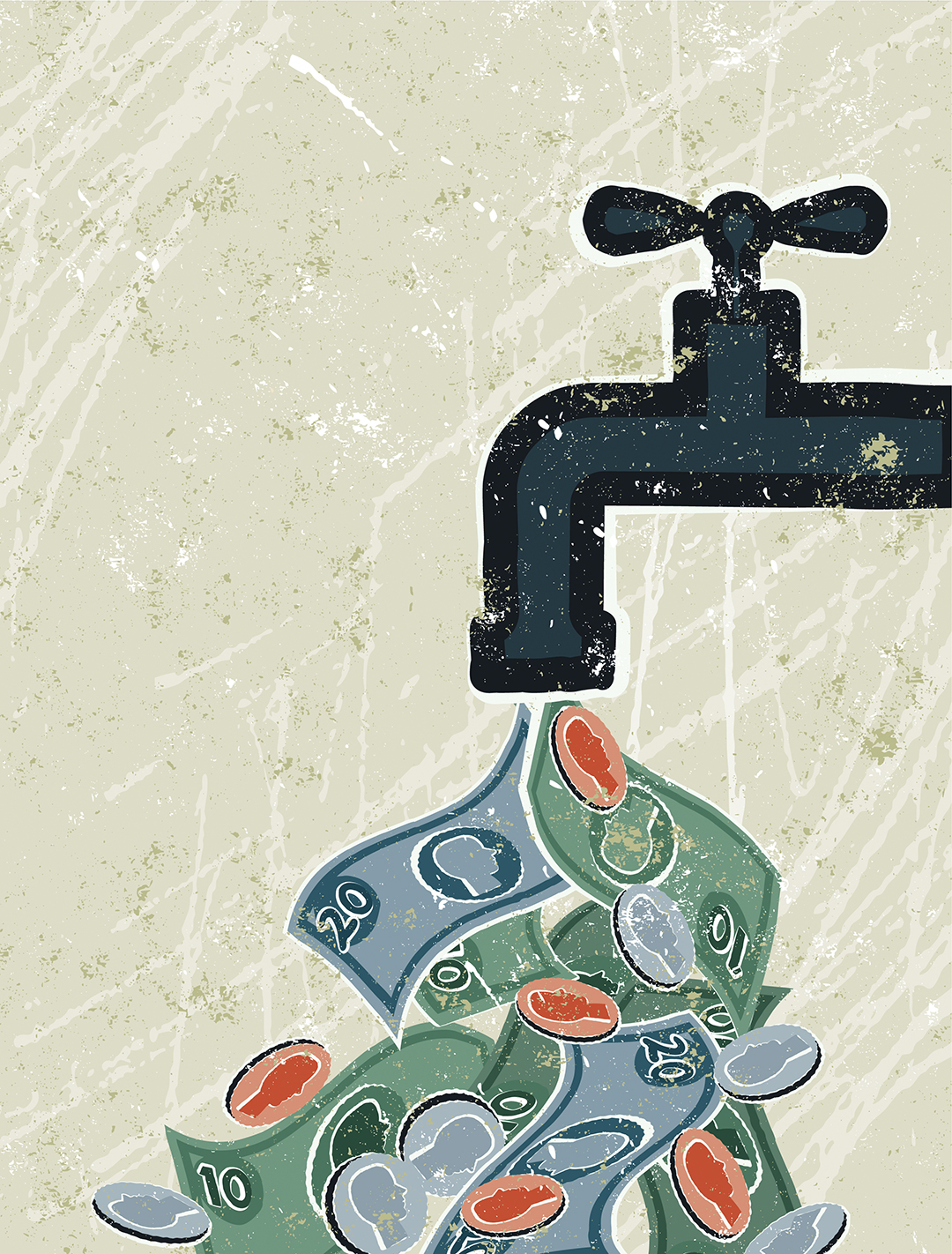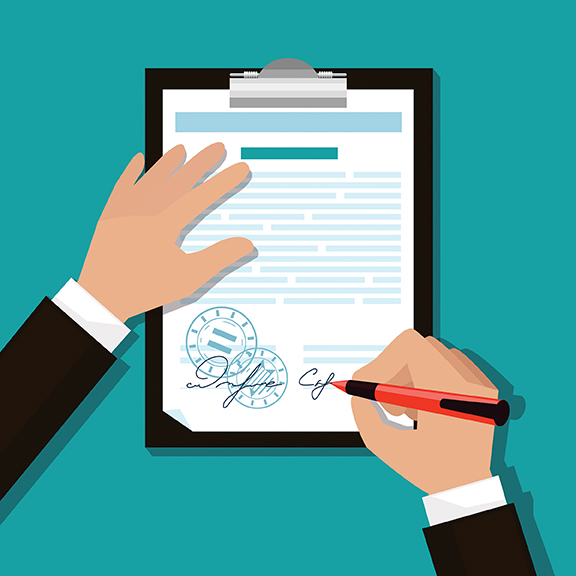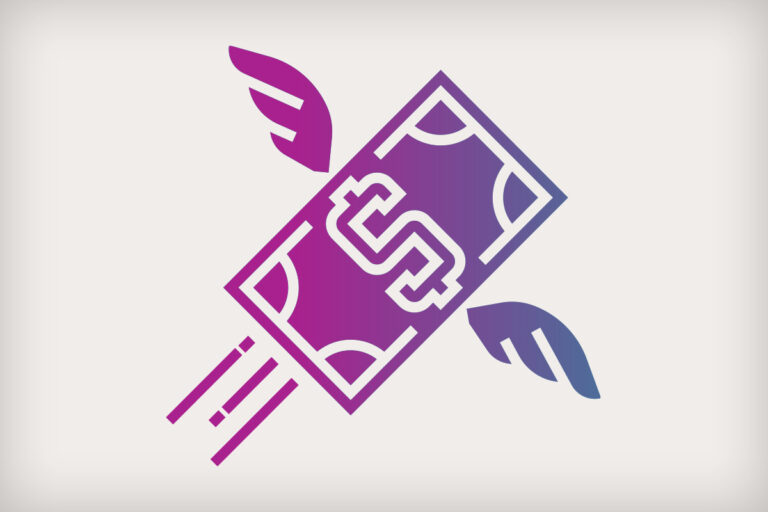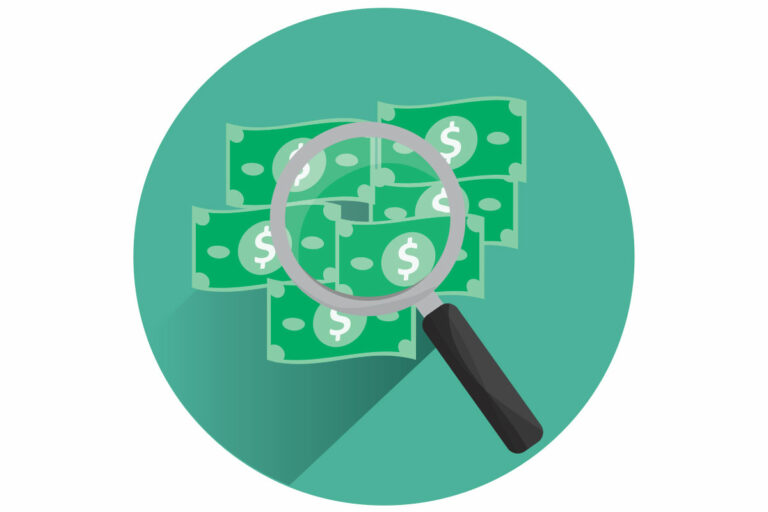Real Cost of Show Purchases

Going to trade shows is always so exciting. You get to preview new product lines from suppliers, and discover many new products and services. As you walk the show, it is easy to think this or that product might increase your sales in the coming year. And it might! However, before you start placing orders, understand the true cost of any given product. The last thing you need is yet another purchase that just sits on the floor and does not sell.
Consider these three figures before making buying decisions.
How much does it cost you per month, per square foot, to open the doors in the morning?
Take all your overhead costs calculated monthly and divide by square footage. This may seem simple, but many of our clients were surprised by the figure. This number helps make better buying decisions and helps identify hot spots in the store where, no matter what you put there, it sells.
For this example, we’ll use a 2,800-square-foot store with $35,000 monthly overhead costs. That represents $12.50 a square foot a month in costs to just open the doors in the morning. This is your basic display cost per square foot.
What is your basic display cost of the products you have on the floor, and how long have they been there?
Don’t worry about individual bottles, but rather look at your chemical displays as one product. Same for toys and accessories.
In our example, a seven-foot spa represents $612.50 a month in overhead costs. That does not include how much you paid for the spa itself or the interest you might be paying on a flooring loan for that spa.
Some of our clients look at their overhead costs more than cost of goods associated with the product. Either way is fine. But if you are paying interest monthly on this spa of, say, $150, we recommend adding it into your calculations. Now it is really $612.50 plus $150 for a total display cost of $762.50 a month.
What is your average revenue per square foot?
If you bring in an average of $65 a square foot, select products that will either maintain or, better yet, increase this figure. How much margin can you place on your new gizmo, and will it — at the very least — cover your costs?
This is a simple formula to implement. With this formula, you can now start asking yourself these questions before purchasing anything at the show.
What will my basic display cost be for this product?
Will I have to finance this product? How much will my monthly payments be? You must add this to your basic display cost.
How fast can my team sell it and at what margin?
If you are looking at a display case of gadgets that will take up 2 square feet, your basic display cost is $25 a month, not counting the cost of the display. It’s OK if the gizmos sell like hot cakes, you turn over this inventory often, and you can yield a positive profit. If you have doubt, consider holding off and putting that item on a wish list to revisit with your sales staff.
Doing this same exercise for a spa, display pool or grills boils down to how much will it cost you for it to sit on the floor and how much can you make off it. I am sure you’ve bought things you thought were cool, and they are still sitting on the floor. You’d be best served to get rid of those and replace them with products that will yield higher profits.
You can also look at purchases as inventory. Calculate your cost of goods, add a margin and sell them. You should still do this, but we have found that our clients who also monitor the display costs of what they purchase make better buying decisions. In turn, they generally make higher profits per square foot as well.
Start with your gut instinct, then take a moment to calculate the cost to display that new shinny object, how much you can make off it and how fast — then make your decision. Enjoy the show(s)!





